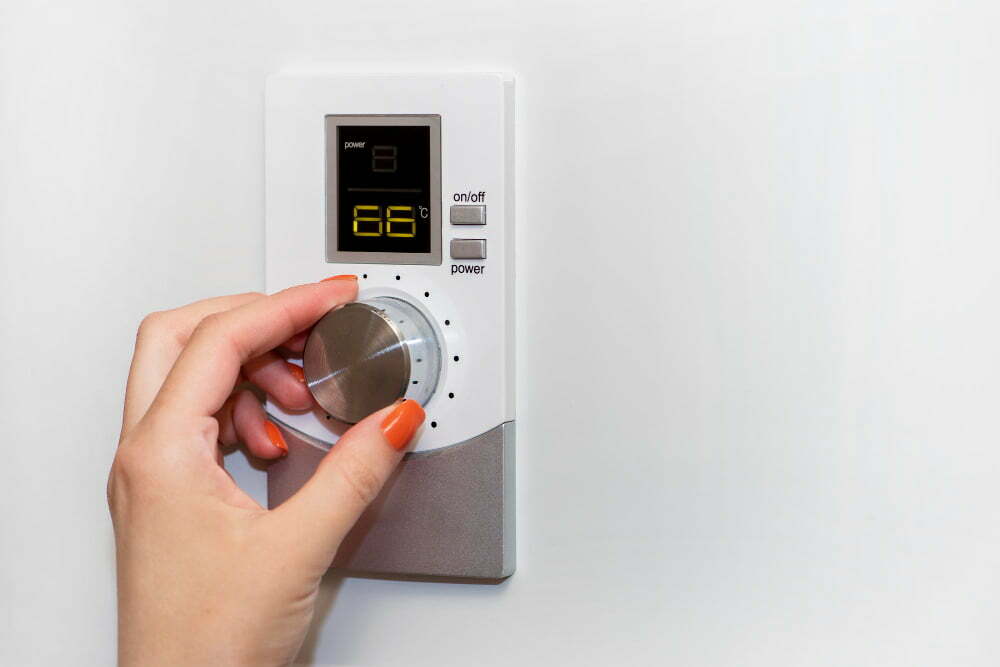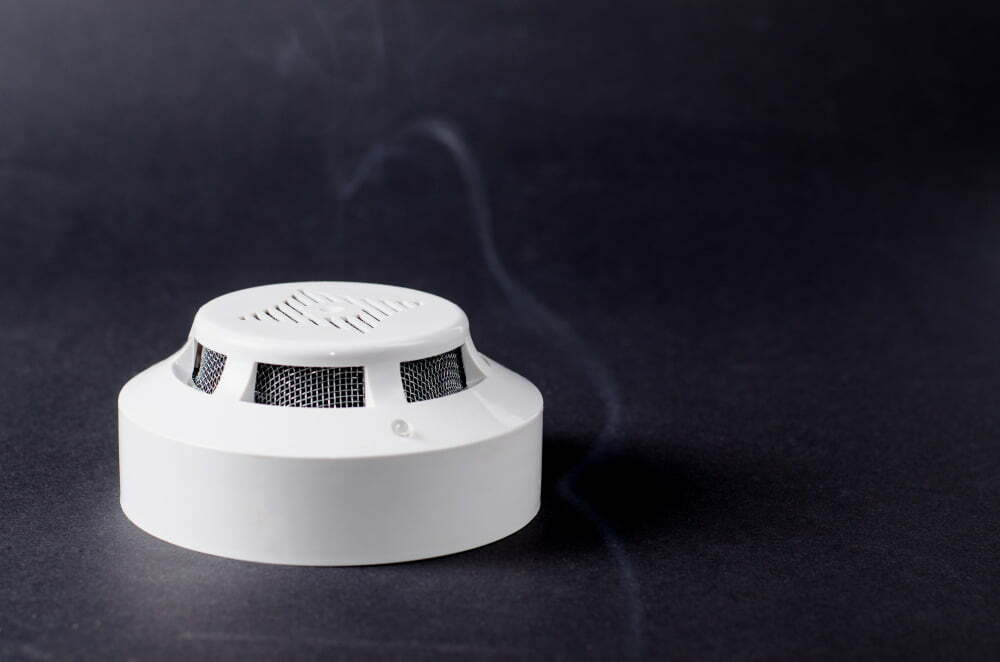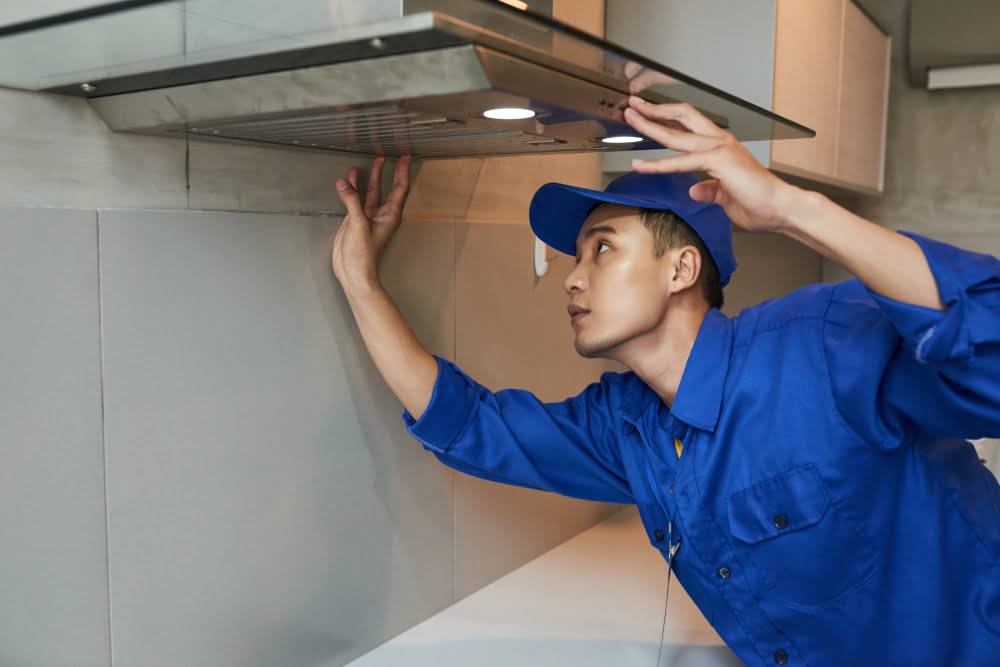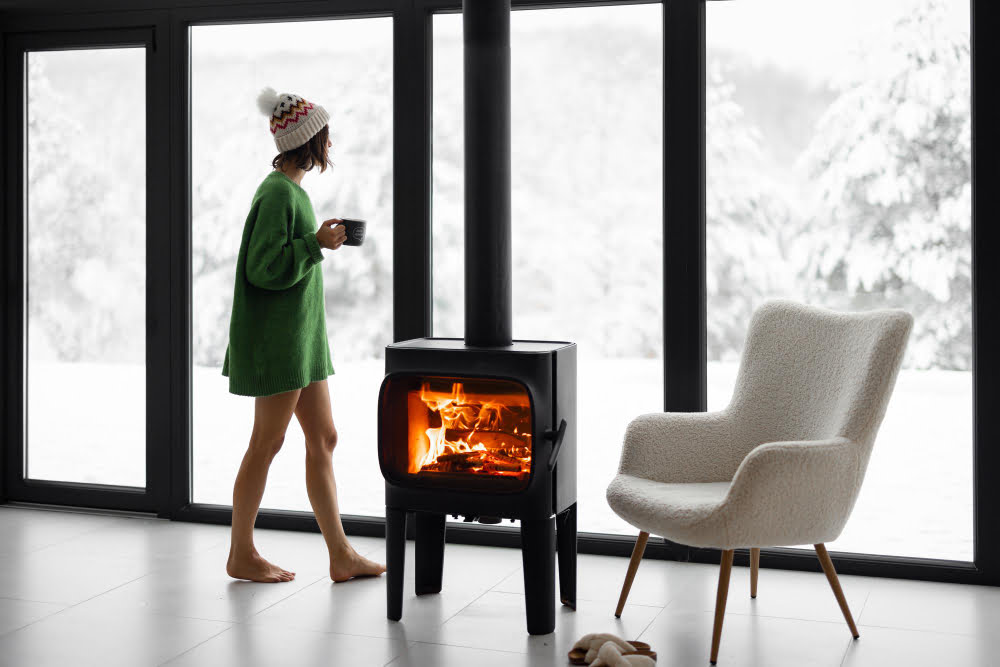In this blog post, we’ll explore how to detect and prevent carbon monoxide in your home before it’s too late.
As a child, I remember my family gathering around the fireplace during winter evenings. We would roast marshmallows and sip hot cocoa while the warmth of the fire filled our home.
It was a cozy and memorable time, but little did we know that we were also putting ourselves at risk.
Years later, as an expert in home air quality, I learned about the dangers of carbon monoxide (CO) poisoning. This colorless, odorless gas can be produced by any fuel-burning appliance in your home – including fireplaces.
Without proper detection and prevention measures in place, CO can silently seep into your living space and cause serious harm to you and your loved ones.
In this blog post, I’ll share everything you need to know about carbon monoxide detection and prevention in the home. From understanding its sources to installing detectors and taking preventative measures – let’s ensure that your family stays safe while enjoying those cozy winter nights indoors!
The Silent Killer: Carbon Monoxide

Carbon monoxide is often referred to as the “silent killer” because it’s impossible to detect without proper equipment. This gas can be produced by any fuel-burning appliance in your home, including furnaces, water heaters, and even generators.
It’s also commonly found in car exhaust fumes. As I learned more about carbon monoxide and its dangers over the years, I couldn’t help but think back to those cozy winter nights around the fireplace with my family.
We had no idea that we were putting ourselves at risk of CO poisoning. The symptoms of CO poisoning are often mistaken for other illnesses such as flu or food poisoning – headache, nausea/vomiting, dizziness/lightheadedness – making it difficult to diagnose without a detector.
That’s why it’s crucial for every home with fuel-burning appliances or attached garages to have working carbon monoxide detectors installed on every level of their homes. In this article on carbon monoxide detection and prevention in the home, we’ll explore everything you need to know about keeping your family safe from this silent killer.
CO Detectors: Your First Line of Defense

As I learned more about the dangers of carbon monoxide, I knew that my family needed to take action. We immediately installed CO detectors throughout our home – and it was a decision that could have saved our lives.
CO detectors are your first line of defense against this silent killer. They work by sounding an alarm when they detect high levels of CO in the air, giving you and your loved ones time to evacuate safely.
When choosing a detector, make sure it meets industry standards such as UL 2034 or CSA 6.19-01. Install one on every level of your home and near sleeping areas for maximum protection.
Remember to test them regularly (at least once a month) and replace batteries annually or as directed by the manufacturer’s instructions. By taking these simple steps, you can ensure that your family is protected from carbon monoxide poisoning – even during those cozy winter nights around the fireplace!
Proper Placement of CO Alarms

Now that you understand the dangers of carbon monoxide and the importance of having CO alarms in your home, it’s crucial to know where to place them. Proper placement is key for effective detection and prevention.
As I learned more about CO poisoning, I realized that my family had been placing our detectors in all the wrong places. We had one near our furnace but none near our fireplace or gas stove – two common sources of carbon monoxide.
To ensure maximum protection, install a detector on every level of your home and outside each sleeping area. Place them at least 15 feet away from fuel-burning appliances like furnaces or fireplaces to avoid false alarms while still being close enough for early detection.
Remember: Carbon monoxide can quickly spread throughout your home without warning signs until it’s too late. By properly placing CO alarms in strategic locations around your living space, you can rest assured knowing that you’re taking proactive measures towards keeping yourself and loved ones safe from this silent killer.
Regular Maintenance for Safety

Now that you understand the dangers of carbon monoxide and have installed detectors in your home, it’s important to keep them functioning properly. Regular maintenance is crucial to ensure that your detectors are working effectively and providing accurate readings.
Just like any other appliance or device in your home, CO detectors require routine upkeep. This includes testing them regularly (at least once a month), replacing batteries as needed, and cleaning the sensors to prevent dust buildup.
As I learned from personal experience with my family’s fireplace years ago, neglecting regular maintenance can lead to serious consequences. Don’t let this happen in your own home – make sure you prioritize CO detector upkeep along with other household tasks.
By taking these simple steps towards regular maintenance for safety purposes, you can rest assured knowing that you’re doing everything possible to protect yourself and those around you from the harmful effects of carbon monoxide poisoning.
Fuel-Burning Appliances: Risks & Precautions

As I mentioned earlier, any fuel-burning appliance in your home can produce carbon monoxide. This includes gas stoves, furnaces, water heaters and even generators.
While these appliances are essential for our daily lives, they also pose a risk if not used or maintained properly.
For instance, my family’s fireplace was a source of warmth and comfort during winter evenings but it could have been deadly if we didn’t take the necessary precautions. To prevent CO poisoning from fireplaces or wood stoves:
- Ensure proper ventilation by opening windows slightly to allow fresh air into the room.
- Have chimneys cleaned regularly to remove any blockages that may cause CO buildup.
- Install carbon monoxide detectors near the fireplace area.
Similarly with other fuel-burning appliances in your home:
- Get them inspected annually by a qualified technician to ensure they’re working correctly.
- Don’t use outdoor equipment like grills indoors as this can lead to dangerous levels of CO buildup.
- By taking these simple precautions you’ll be able to enjoy all the benefits of having fuel-burning appliances without putting yourself at risk!
Ventilation Matters: Keep Air Flowing

As I delved deeper into the world of home air quality, I realized that proper ventilation is crucial in preventing carbon monoxide buildup. When fuel-burning appliances are used without adequate ventilation, CO can accumulate and reach dangerous levels
This is why it’s important to ensure that your home has proper airflow. One way to improve ventilation is by opening windows or doors when using fuel-burning appliances such as fireplaces or gas stoves.
Make sure that vents and exhaust fans are not blocked by furniture or other objects. In my own family’s case, we had unknowingly been blocking a vent with a bookshelf for years – putting ourselves at risk every time we lit up the fireplace! Once we moved the shelf away from the vent and started keeping our windows cracked open during use, we felt much safer knowing that fresh air was circulating throughout our living space.
Remember: when it comes to carbon monoxide prevention in your home, every little step counts – including ensuring proper ventilation!
Educate the Family On CO Dangers

Now that we understand the dangers of carbon monoxide, it’s important to educate our families on how to prevent CO poisoning. The first step is awareness – make sure your family knows what CO is and where it can come from in your home.
As I learned more about this silent killer, I made sure to share my knowledge with my own family. We now have regular conversations about the importance of proper ventilation and maintenance for all fuel-burning appliances in our home.
It’s also crucial that everyone knows the symptoms of CO poisoning: headaches, dizziness, nausea, confusion or weakness are just a few signs that something may be wrong. If anyone experiences these symptoms while at home (especially during winter months when heating systems are used most frequently), they should immediately leave the house and seek medical attention.
By educating ourselves and our loved ones on carbon monoxide dangers and prevention measures, we can ensure a safe living environment for all members of our household.